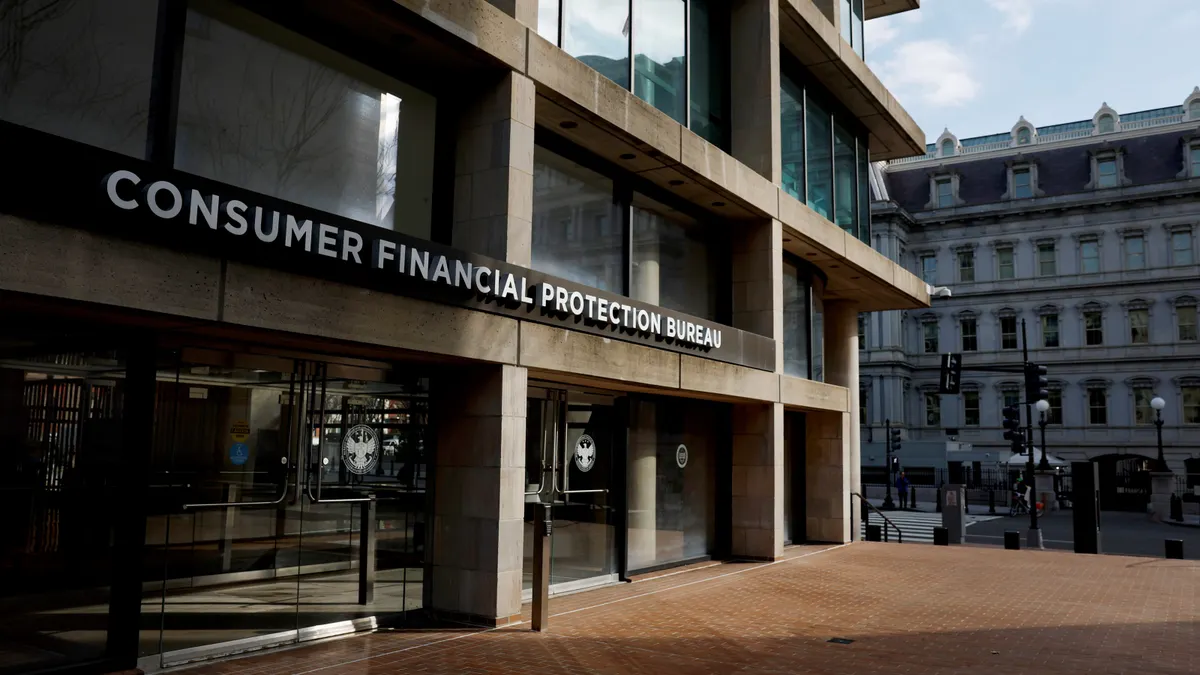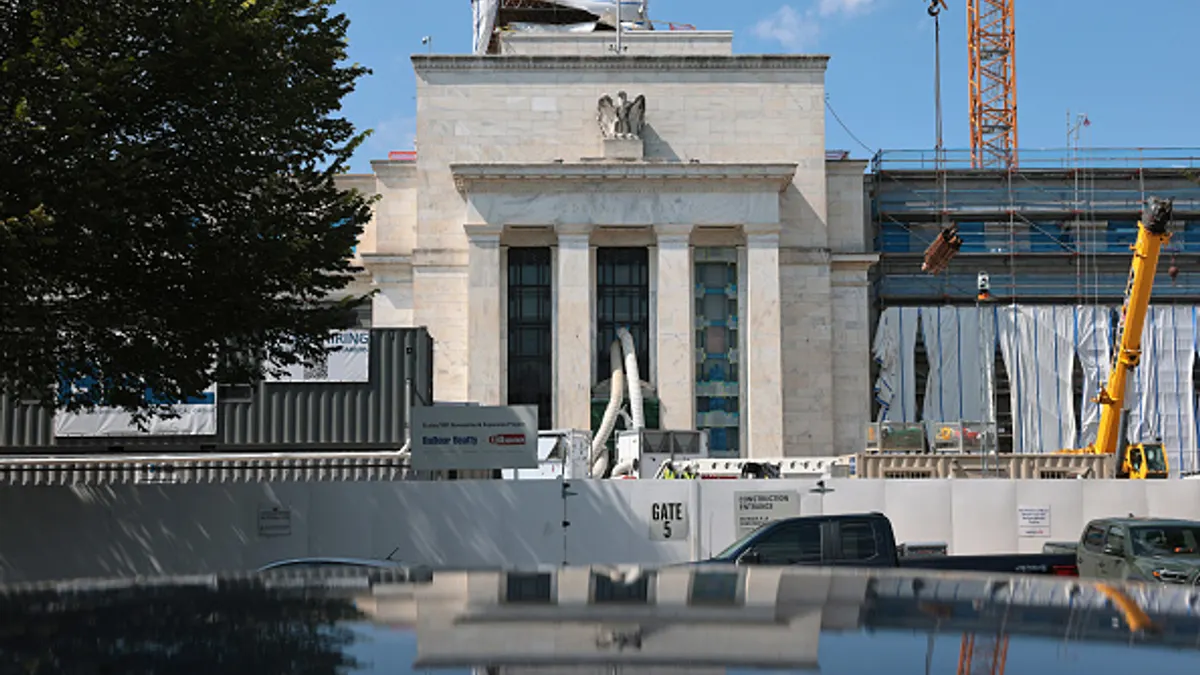The Federal Deposit Insurance Corp. would more closely scrutinize mergers that create banks with more than $100 billion in assets, under a proposal the agency’s board approved Thursday by a 3-2 party-line vote.
The agency would ramp up its focus on anti-money laundering and financial stability concerns for institutions with $100 billion in assets or more, under Thursday’s proposal. The measure also would require any merger creating a bank of that size to allow customers meaningful choices for services. The policy statement also allows the FDIC to require merger participants to divest certain branches or business lines before a deal is approved.
Banks with $50 billion or more, meanwhile, would see greater scrutiny on the impact of a merger on local communities.
The FDIC will accept public comment on the proposal for 60 days after it is published in the Federal Register.
“Given the rapid pace of change and consolidation in the banking industry today, it is vital that the FDIC provide guidance on how it would apply the critical statutory factors under the Bank Merger Act relating to competition, financial resources, the convenience and needs of communities, financial stability and money laundering,” FDIC Chair Martin Gruenberg said in a statement accompanying the first update to the agency’s bank merger guidelines since 2008.
Gruenberg, along with Consumer Financial Protection Bureau Director Rohit Chopra and Acting Comptroller of the Currency Michael Hsu — all Democrats — voted for the proposal. FDIC Vice Chair Travis Hill and board member Jonathan McKernan, both Republicans, voted against.
“It's unfortunate that this merger policy … makes explicit what we all kind of already knew, which is that the FDIC takes a quite skeptical view of mergers,” McKernan said during the board’s meeting Thursday. “I won’t be able to support this proposal because I think it really reflects and implements a bias against mergers that is, [at the] end of the day, bad policy and also contrary to law.”
Hill gave several reasons why he would not support Thursday’s policy statement, saying it “moves in the wrong direction, potentially making the process longer, more difficult and less predictable.”
“We should work to develop a regulatory framework that allows banks of all sizes and various business models to flourish, is not biased in favor of one class of banks over others, and otherwise leaves it up to the market and the American people to determine how banking assets are allocated across the system.”
Chopra, meanwhile, said regulators “should not be pro-merger [or] anti-merger.”
“We should call balls and strikes, just like the statutes require,” he said. “Our statutes certainly have skepticism about inorganic growth which should be reflected in how we approach our work.”
In his own statement Thursday, Hsu reiterated his insight from January that bank merger applications exist along a “spectrum.”
“They are neither all good, nor all bad,” Hsu said Thursday. “By faithfully applying on a case-by-case basis the Bank Merger Act statutory factors, the diversity and dynamism of the U.S. banking system can be maintained and strengthened.
“Healthy bank mergers — i.e., those that benefit communities, support bank resilience and financial stability, and enhance competition — should be approved,” he added. “Merger applications that would diminish competition, hurt communities, or present systemic risks should be withdrawn or rejected.”
The Office of the Comptroller of the Currency in January moved to end expedited bank merger procedures. The Federal Reserve, too, has said it would review its bank merger guidelines, according to Bloomberg.
“It's not perfect,” Jeremy Kress, an assistant professor of business law at the University of Michigan, said of Thursday’s FDIC statement. “But it is substantially better than the policy statement the OCC proposed in January.”
“The FDIC appears interested in strengthening oversight, rather than just codifying current practice,” Kress said in a post on social media site X.
The FDIC statement “seems well designed to restore rigor to the merger application process,” he added. “The OCC should update its proposal accordingly, and the Fed should follow suit.”
By contrast, Patrick Hanchey, a Dallas-based partner at law firm Alston & Bird, said, “This is the FDIC playing along with other agencies.”
“All the agencies are sort of aligned on how they’re viewing bank mergers right now, which is negatively,” Hanchey said.
Hanchey pointed to the Biden administration’s 2021 executive order, which directs agencies to release guidance that would provide more robust scrutiny of mergers.
“That is what this is doing,” he said. “This is another indication from another of the federal banking agencies that they believe mergers should be more difficult.”
The FDIC has slowed its review of merger applications in recent years, making Thursday’s proposal a positive step, in that the agency is explaining some of the new principles by which it’s operating, said Jeff Naimon, a Washington-based partner at law firm Orrick.
The policy “seems to be looking for merger applications to show that the merger will improve the market situation for the customers, which may be hard to support through documentation,” Naimon said.
It also reflects a change in how the FDIC will assess the effect on competition, “which does need to be updated but I am not sure the proposed changes appropriately reflect how the financial services and banking markets have changed,” he added.
Hanchey, however, questioned the FDIC statement’s lucidity.
“If the stated objective is to provide clarity, I don’t think that’s been achieved here,” he said.
— With assistance from Caitlin Mullen






















